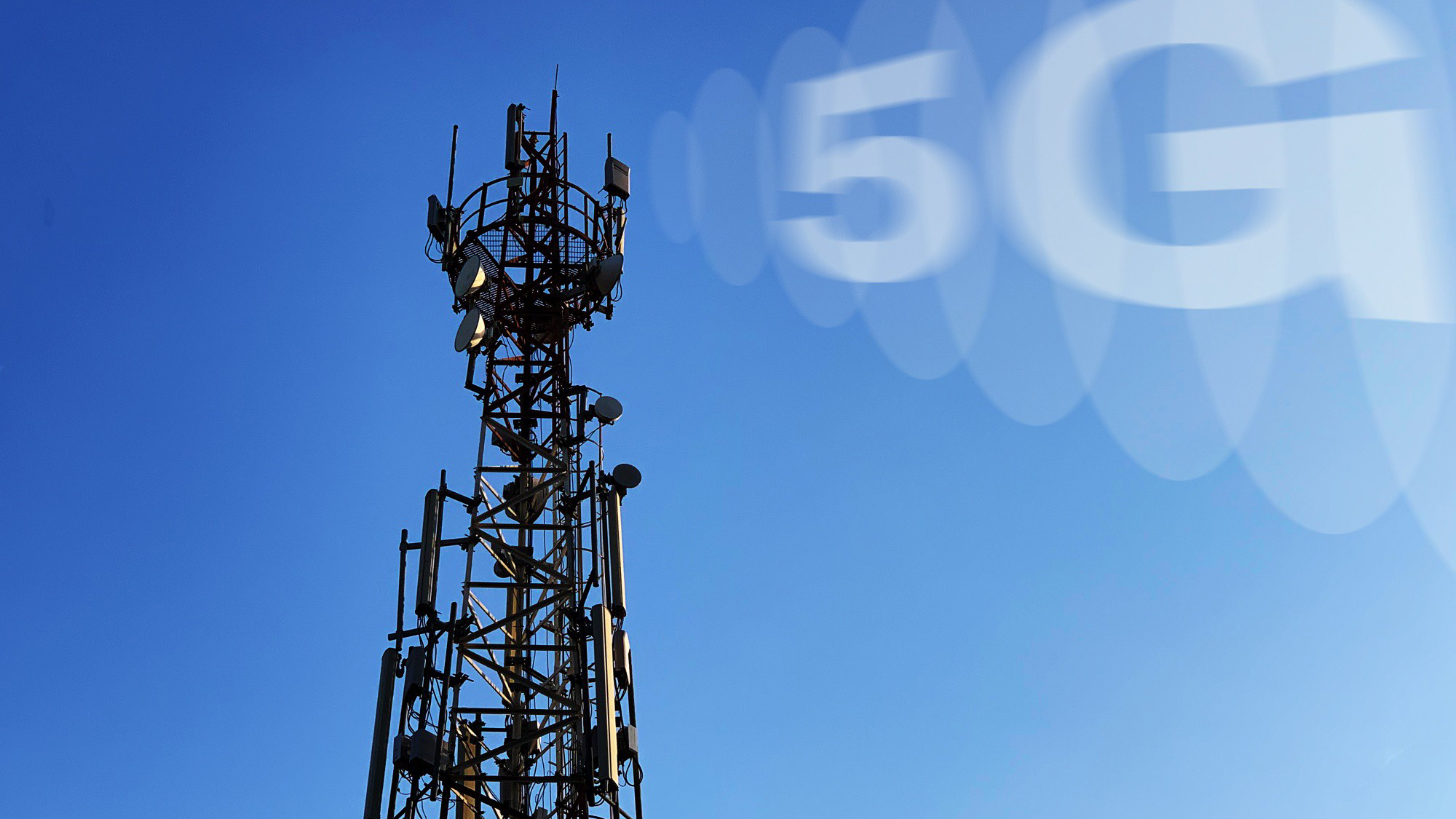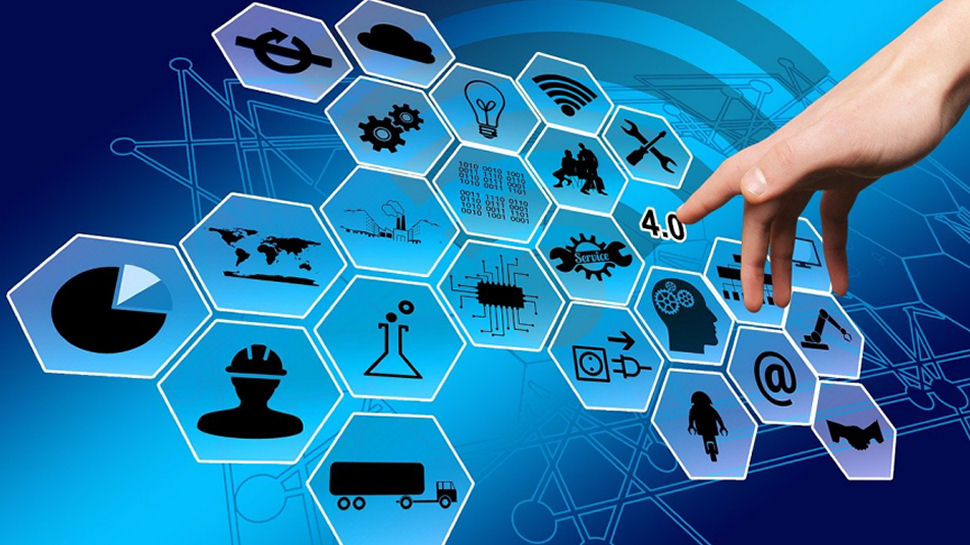New Year's resolutions are often dismissed as being vague, overly-ambitious delusions that are ultimately doomed to failure. But resolutions that involve tech? Well, they're a different story.
Whether you're planning to peel yourself off the sofa towards a new fitness goal, or build the ultimate hi-fi setup, our new series (running from Sunday December 26th to Sunday January 2nd) will show you how to fly through the January wastelands using your tech-based hoverboard.
Why tie your resolutions to tech? There are a couple of good reasons. Firstly, a popular strategy for building new habits is called 'temptation bundling'. In short, linking something you like (gadgets) to something you're less keen on (your resolution) is generally more sustainable in the long-run. Also, we're big fans of blaming our failures and shortcomings on inanimate objects.
But while Apple Watches, Chromebooks and air fryers can all be springboards to better habits (as we'll reveal in this series), new year's resolutions don't have to be about self-improvement. As our Senior Computing editor Matt Hanson convincingly argues in his commitment to doing more PC gaming in 2022, it's also a good time for tech-based self-care – particularly after the year most of us have had.
So while our guides cover how to reach classic goals using tech like Nintendo's Ring Fit, ergonomic keyboards and Pikmin Bloom, we'll also explore the more self-indulgent resolutions our team is aiming for in 2022 – like why it's finally a good time to invest in an LG OLED TV or lose yourself in VR.
Whether you're a fan of new year's resolutions or not, make sure to bookmark this page to discover how we're planning to use tech for the better in 2022 – it might just spark some ideas on how to use your new Christmas presents.
Tech Resolutions 2022:
1. How to be a Chromebook poweruser in 2022
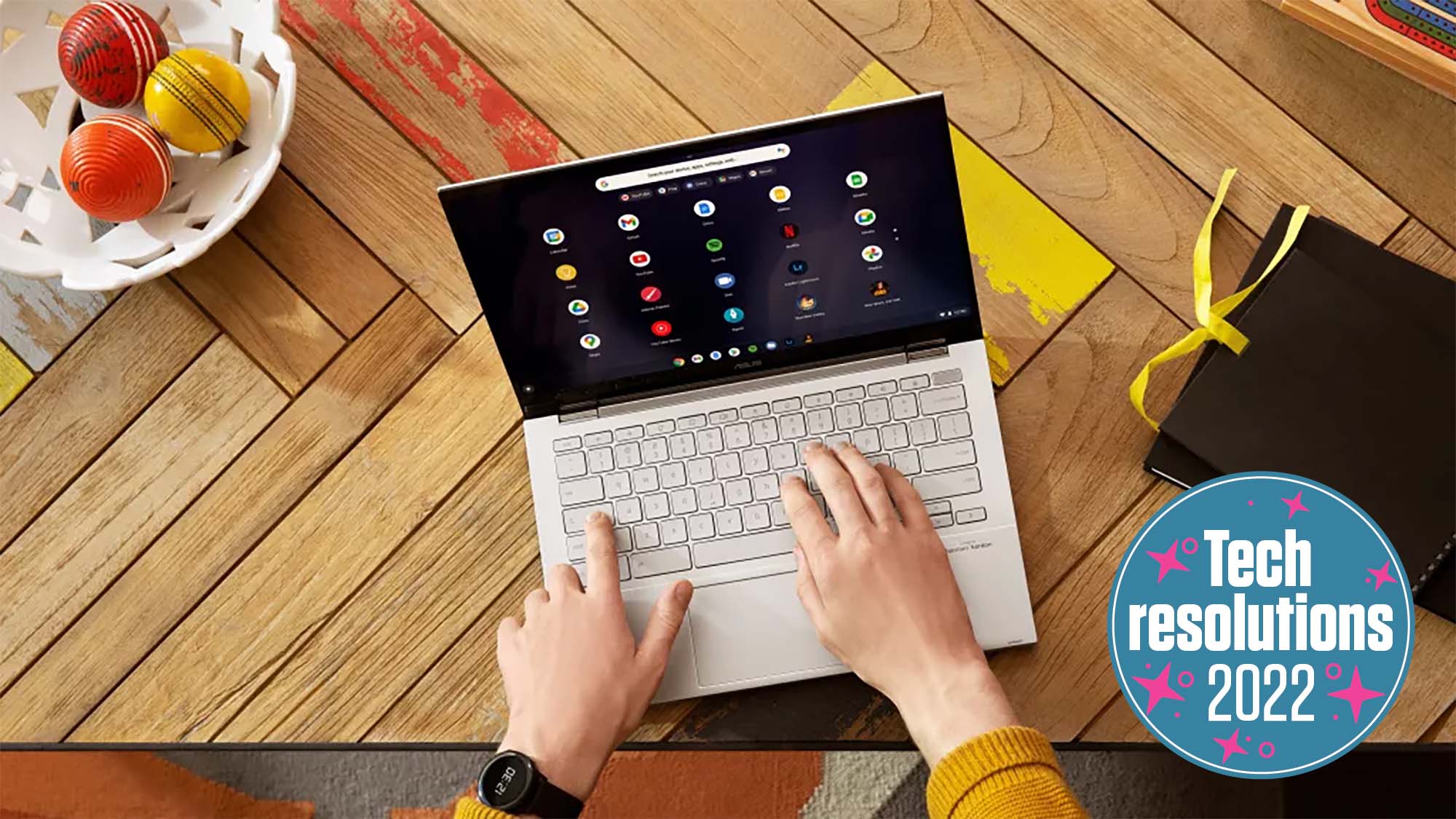
Whether you've just unwrapped a new Chromebook over Christmas, or been wondering how to master your existing Chrome OS laptop, our guide will show you how to harness its talents and achieve 'poweruser' status.
In the computing equivalent of a couch-to-5K, we cover how to embrace the Chrome OS launcher, get the most out of tablet mode, and much more. You'll be setting productivity PBs in no time.
2. How to build the hi-fi system of your dreams
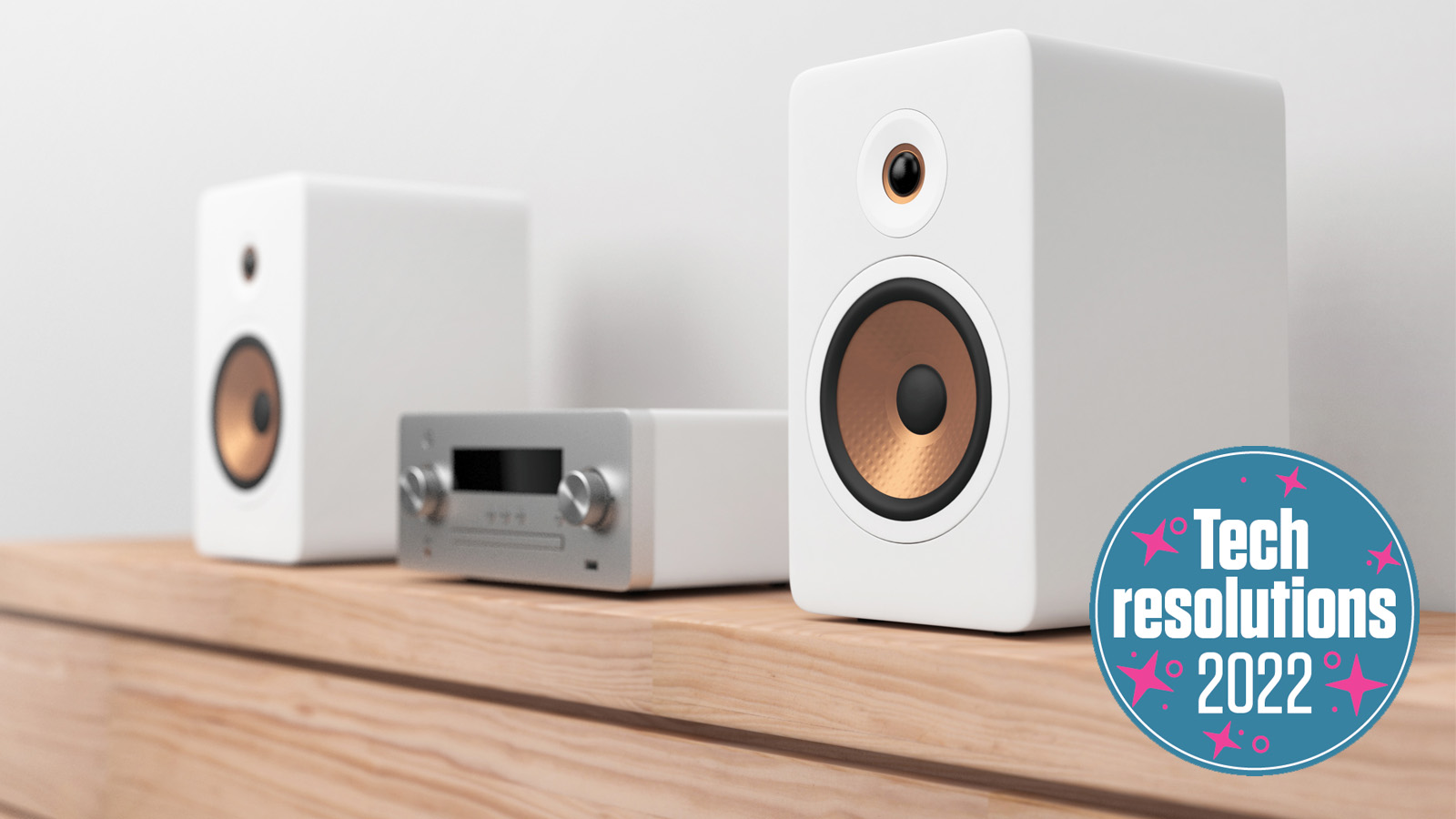
Forget health kicks – it's your home music setup that needs to hit the gym in 2022. Not sure where to start? Our in-depth guide is here to help you plan your hi-fi system, from the choosing your source through to amplification and speakers.
This new year project doesn't have to cost thousands either – we cover how to fold your existing kit into a delicious audio sponge cake, and top it off with the best cables, stands and wireless accessories.
3. How I'm going to use my air fryer to beat my January takeaway obsession
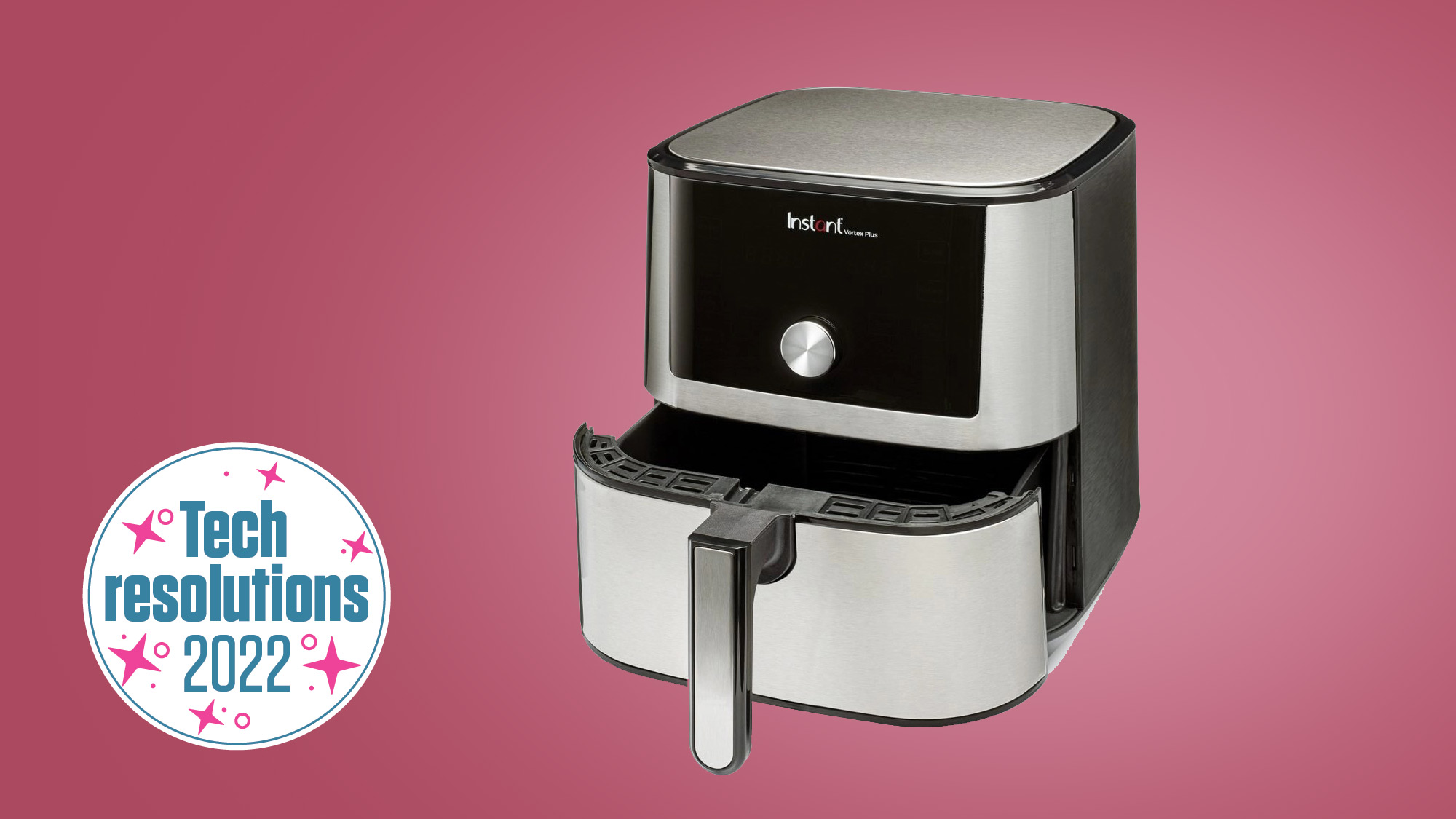
We're rapidly moving towards that time of year when ordering takeaways becomes nigh-on impossible to resist – but our Smart Home & Appliances Editor, Carrie-Ann Skinner, has pledged to beat the habit this year with a seemingly unlikely accessory.
Air fryers might not sound significantly healthier than your favorite local fried chicken wing haunt. But as you'll discover in this insightful ode to the increasingly popular kitchen staple, they are far healthier than deep frying, while also offering the speed needed to beat your takeaway habit.
4. Why I'm using Nintendo Ring Fit to achieve my New Year’s resolution
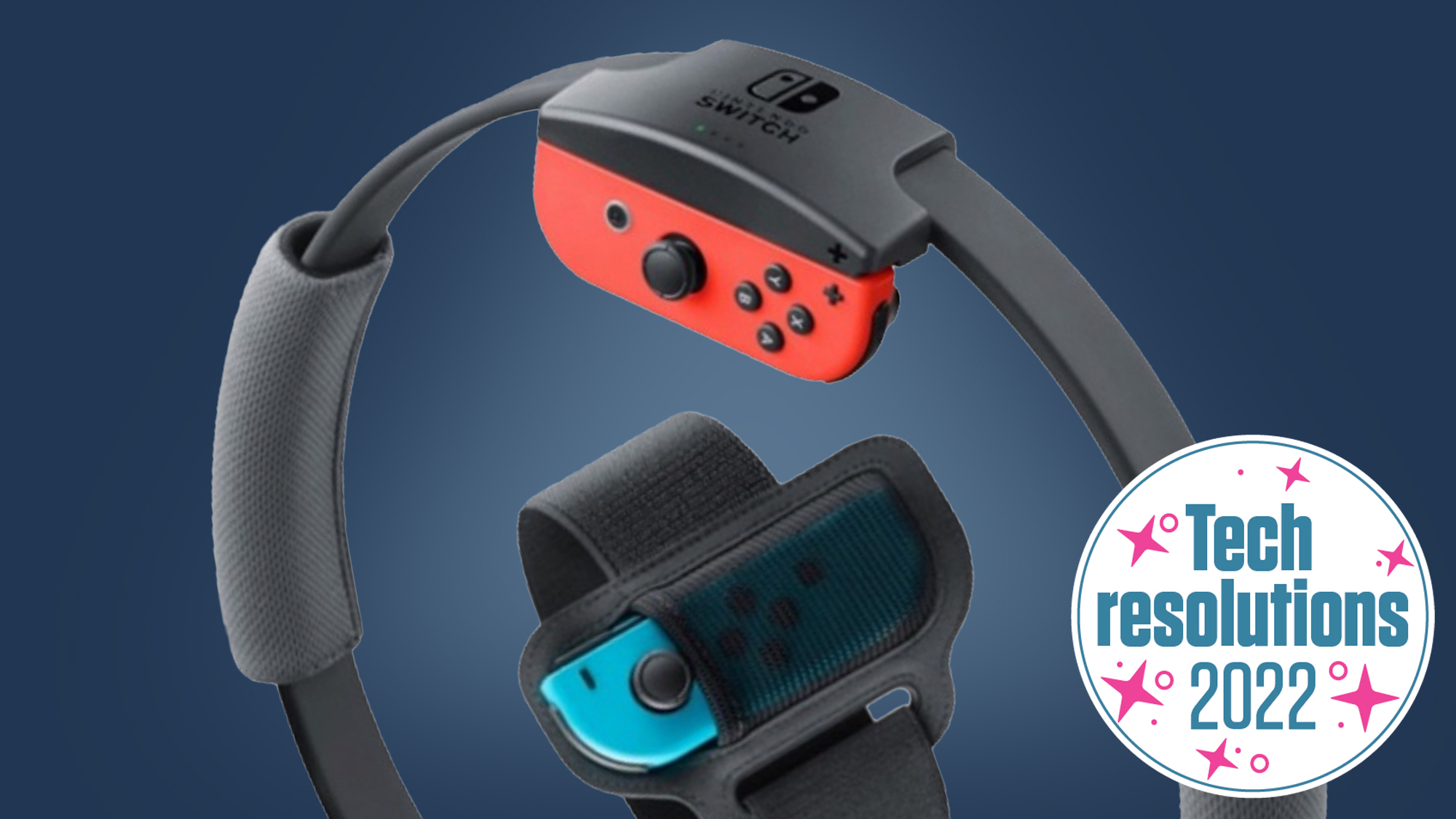
Boosting your fitness is a new year's resolution staple, but some of the classic methods like gyms aren't available to everyone – particularly if you're already struggling with injury.
In this personal account of why Nintendo Ring Fit's customizable adjustments make it the ideal fitness companion for those who have been struck down with injuries of all kinds, TechRadar's Gaming Editor Vic Hood reveals why it could be your exercise BFF in 2022.
5. Why I'm counting on Pikmin Bloom to reinvigorate my daily walks

New Year's fitness resolutions don't have to all be about HIIT workouts and ultra-marathons – getting started with a daily walk is a fine start, and TechRadar's Senior Gaming Editor Adam Vjestica is aiming to reinvigorate his strolls with a healthy dash of gamification.
Like Pokémon Go, Pikmin Bloom lets you grow a miniature army of followers, but also compels you to get outside by diarizing your walks in a charming, motivational fashion. You can even use it to record your mood each day, making it arguably the ultimate January survival tool.
6. 2021 sucked, so I’m spending 2022 in VR

While many of us are looking forward to spending our retirements in a Black Mirror-style VR utopia, TechRadar's Computing writer Jess Weatherbed has vowed get a head-start in 2022 by sinking some serious time into the Oculus Quest 2.
Sadly, it's probably not wise to spend 12 hours a day playing Beat Saber, which is why this excellent summary of the full range of VR experiences out there – from social apps like VRChat to artistic workouts like Tilt Brush – is the primer you need to help you maintain a healthy VR life this year.
7. How to build the ultimate photo backup for Adobe Lightroom or Google Photos
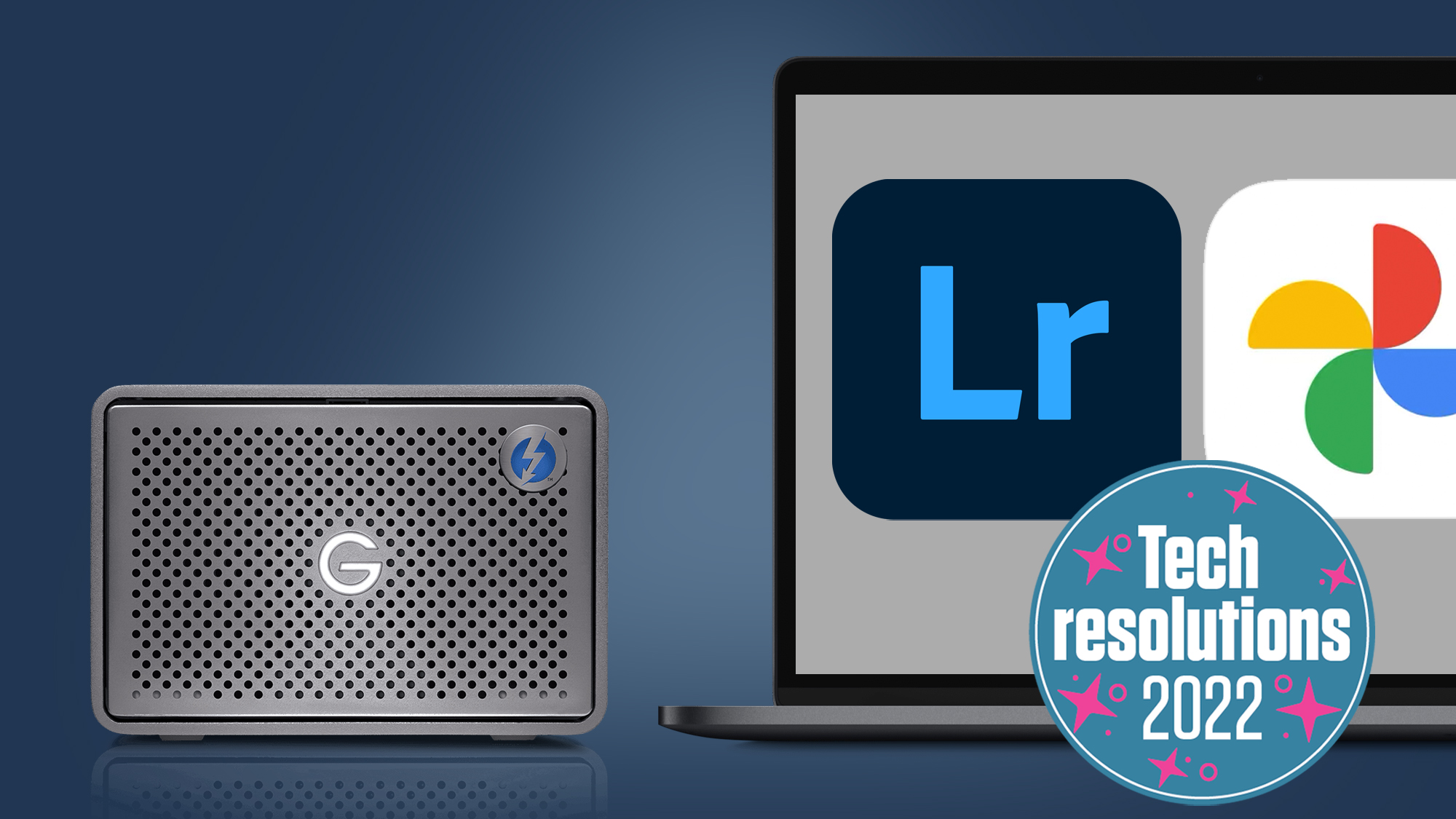
It's the job that photographers and videographers put off the most: creating a secure backup system for all their photos and videos.
But whether you're a pro with a bulging Adobe Lightroom library or a hobbyist who relies on Google Photos, creating a photo backup is a New Year's resolution that's well worth making in 2022 – and James Abbott's in-depth guide is here to show you how to do it.
8. Why my new Apple Watch is the key to a better 2022 (and not just for fitness)
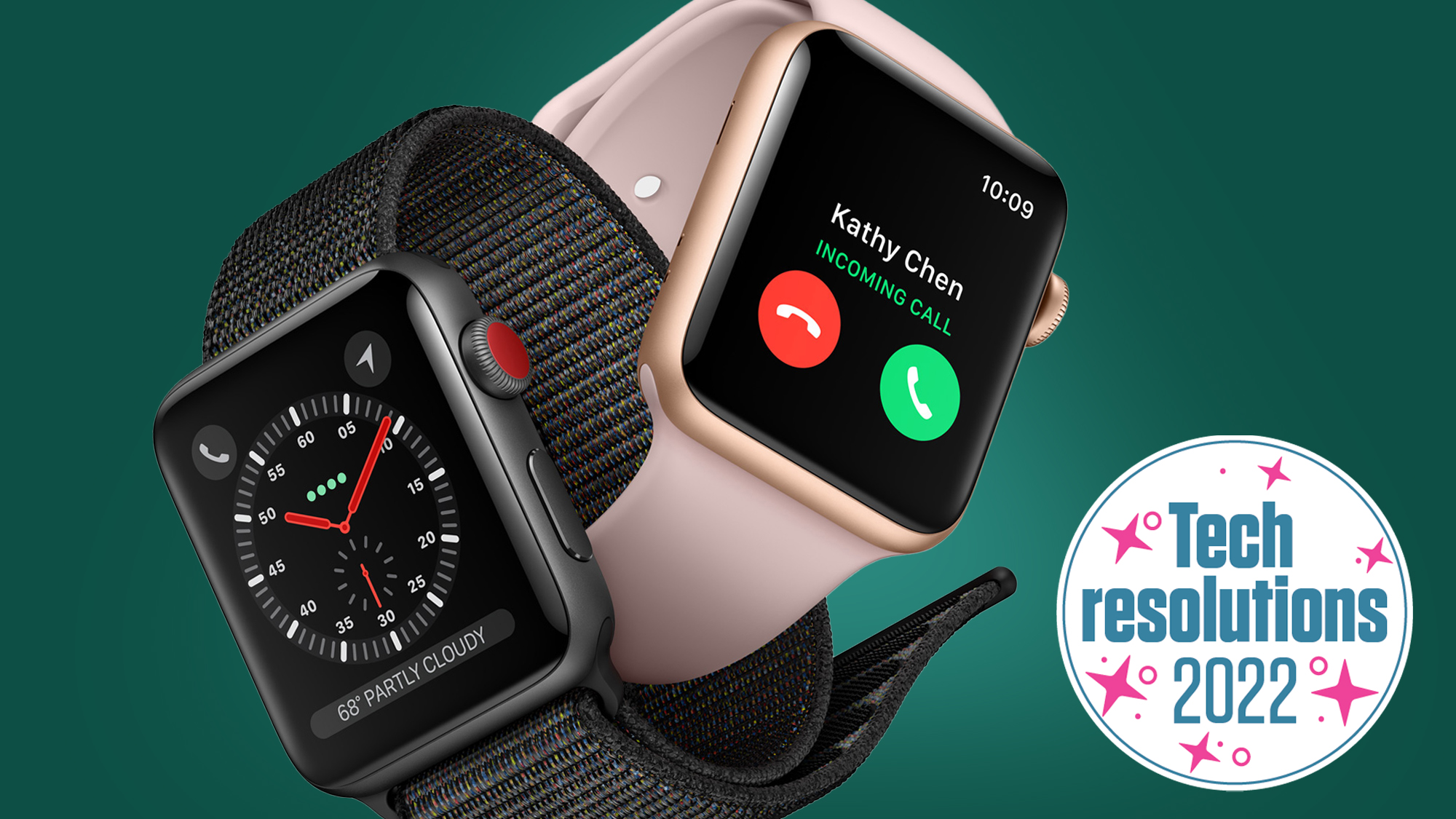
Over the course of 2021, Josie Watson started getting fed up with her dependence on a phone. From doomscrolling through social media to apps incessantly blasting notifications designed to trap you into an endless cycle of personalized ads wedged between posts from school friends and family members showing off engagement photos, sharing pixelated unfunny memes, or bragging about their culinary skills.
Flash forward to Josie starting at TechRadar and using a smartwatch to learn more about her anxiety. She soon realized these wearables were so much more than just a fancy timepiece.
9. Why I'm ditching my running watch in January
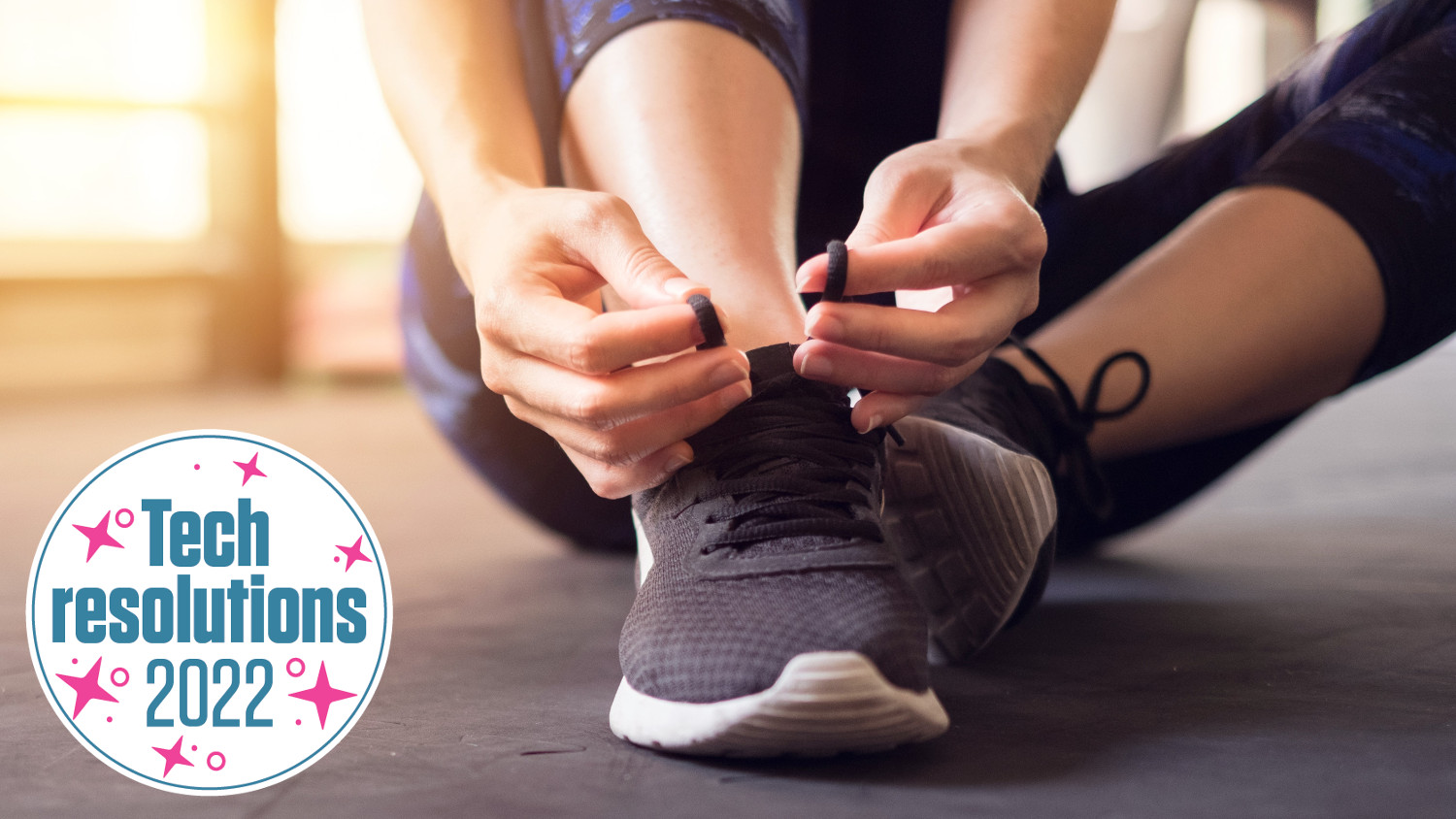
Much as our Fitness Editor, Cat Ellis loves her running watch, first thing in January she prefers to leave it in a drawer and head out with bare wrists.
It's not permanent, and the phone still leaves the house just in case of an emergency, but it's a great time to remind yourself that you don't need tech to enjoy running. When you allow yourself to get into the zone, the simple joy of movement is enough.
10. Screw 'healthy' New Year's resolutions – mine is to play more PC games
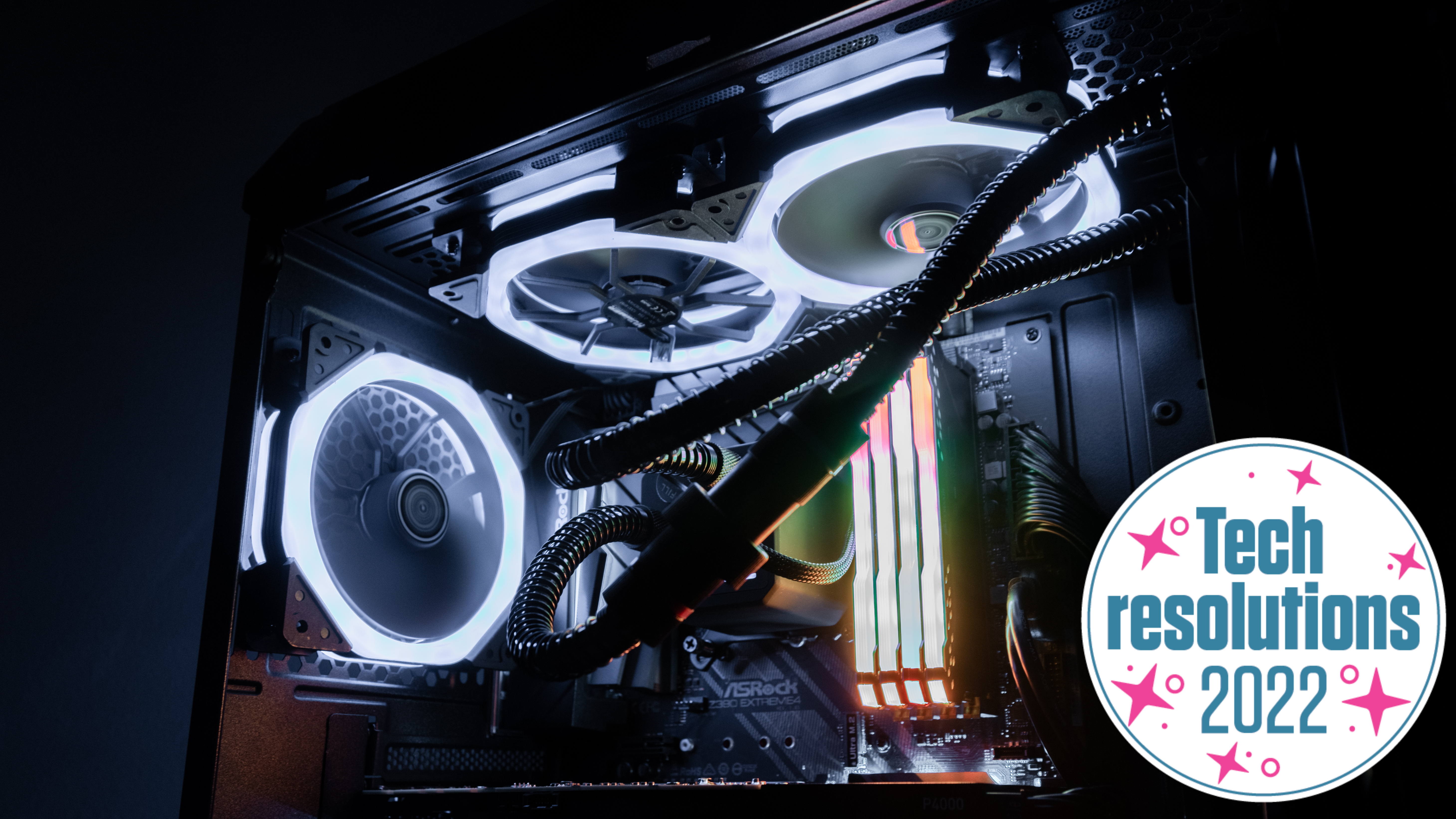
The last few years have been awful. This means that the New Year's resolutions we make to ourselves as we enter 2022 are more important than ever.
That's why for Senior Computing Editor, Matt Hanson, his New Year's resolution isn't telling himself to lose weight or write a novel or eat less pizza. Instead, he's going to make a promise that will do a lot more good: play more PC games.
11. How to use your new smartwatch to do a couch to 5K
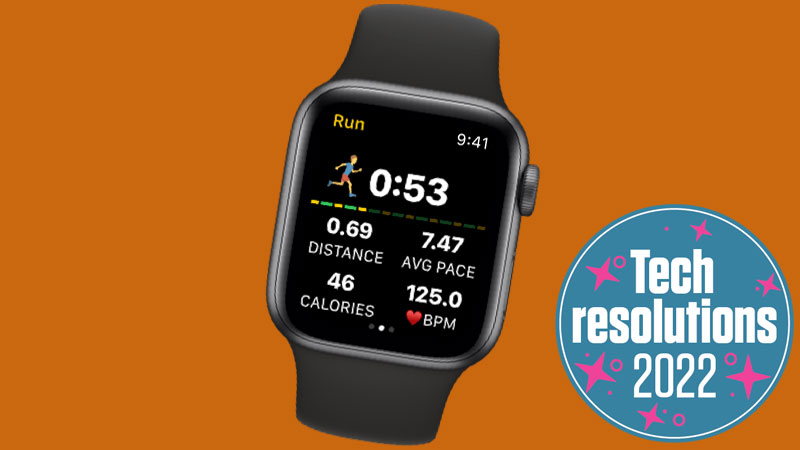
You might not be into running yet, but if you're thinking about getting in some treadmill time or going for a run in the park, know that your smartwatch can help you track your progress while offering guidance on areas to improve.
If you're a beginner, one way to feel this running thing out is by taking on a couch to 5K plan. It's the ideal way to ease yourself into a running or walking regimen. And your shiny new smartwatch can help you complete that plan - maybe even motivate you to stick to running long term too.
Coming soon...
We'll be publishing new features daily between Sunday December 26th and Sunday January 2nd – so here, in order, are the ones to look forward to over the coming week.
- Forget Crypto, here's how to use your computer to do good in the world
- How to keep your pet happy and healthy with tech this year
- Why an ergonomic keyboard has been my best home office upgrade
- 2022 is the year I buy an LG OLED TV, promise
from TechRadar - All the latest technology news https://ift.tt/3pC2tUB

















